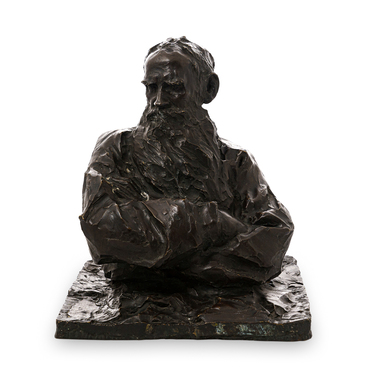Boris Lvovich Modzalevsky was the organizer and director of the Pushkin Jubilee Exhibition of 1899, a passionate advocate for source research and archival work, and one of the founding members of the Pushkin Institute. Boris Modzalevsky saw the establishment of the institute as the “best way to celebrate the 100th birthday of Alexander Pushkin.” The Pushkin Exhibition, which was held at the Imperial Academy of Sciences in May of 1899, served as the model for the future academic institution.
Vice-President of the Academy, Leonid Maikov, and Modzalevsky, were among the organizers of the exhibition. Together, they managed to gather over 700 exhibits, including 93 Pushkin’s autographs, which were scattered across private collections and various institutions. After the exhibition closed, the exhibits were returned to their owners. Soon after, an academic committee for the erection of a monument to Pushkin in St. Petersburg was formed, chaired by Grand Duke Konstantin Konstantinovich, the President of the Imperial Academy of Sciences. Members of this committee came up with the idea of gradually gathering Pushkin’s legacy.
On December 15, 1905, at a committee meeting, it
was determined to establish the Pushkin House. “A remarkable, memorable day in
the history of Russian culture! Today, the Pushkin House was decided.
Congratulations to sensible Russia on this significant acquisition!“, Vladimir
Ryshkov, the secretary of the committee for the erection of a monument to
Alexander Pushkin, wrote in his journal. On July 14, 1907, the “Regulations”
for the new academic institution, drafted by Modzalevsky and Ryshkov, were
endorsed by Nicholas II. The main provisions of these regulations set forth the
following:



